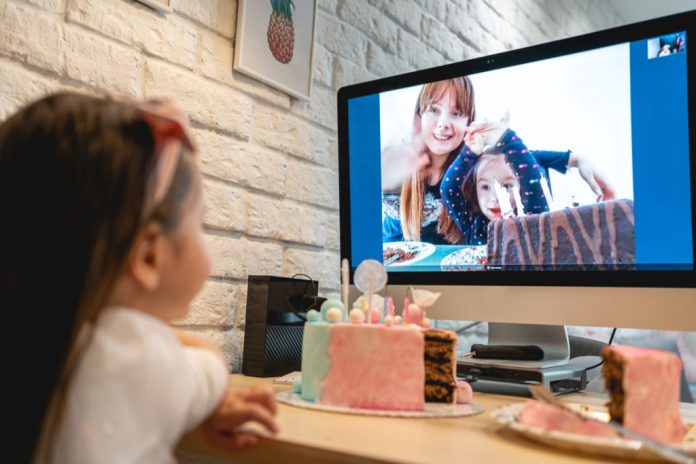
Photo: Getty
Data from Oxford University Press in partnership with Storyathon, the largest story-writing event in Australia, has revealed the influence of COVID-19 on children’s vocabulary, interests and social awareness.
More than 20,000 stories were submitted by Australian children aged from 8 to 14 on the topic ‘A different world – living in lockdown’. Analysis of the language is providing a valuable opportunity to peer into the minds of children during this unusual point in history.
Flinders University literacy expert Anne Bayetto analysed the Storyathon submissions. She says they provide an interesting insight into the way children are experiencing the pandemic, including a strong awareness of what was going on in their communities during the time the submissions were created.
“There were many references to the amount of troubling news stories being overheard and a lot of descriptions of stress and anxiety that came through in the narratives. Some writers wrote about the worry they had for their parents who were frontline workers and they were seeing less of than usual,” Ms Bayetto says.
“But on the positive side, a number of comments were made about the pleasure of spending more quality time with family. And many were aware of the environmental benefits of the lockdown, stating that the world is healthier, cleaner and flourishing.”
A breakdown of the 5,653,404 words received also showed a surprising increase in the use of collective nouns young people used in their writing. The word ‘we’ which last year was ranked as the 19th most used word, skyrocketed to the number one spot, a 129% increase on the previous year. This trend towards togetherness can be seen in the increased prevalence of many other words including ‘people’ (283% increase), friends (572% increase), world (346% increase), family (327% increase) and everyone (183% increase).
Words to appear for the first time in the submissions reveal a vocabulary driven by current affairs, including quarantine (ranked 27), isolation (ranked 31), pandemic (ranked 37) and restrictions (ranked 53).
Unsurprisingly, the word ‘lockdown’ jumped 14,040 places compared to the previous year to become the second most used word, after ‘we’.
Lee Walker, Director of Publishing and Editorial at Oxford University Press says the way children describe COVID-19 itself pointed to an impressive level of comprehension and vocabulary acquisition.
“The virus is referred to as ‘cold’, ‘dark’ and ‘lurking’, which shows the way news media and conversations with adults are perceived through a child’s lens.” Ms Walker said.
Other recurring topics included dystopian futures, children wanting to be back at school and seeing friends and playing sport.
The stories collected through the Storyathon initiative are being used to build the first Australian Children’s language corpus, recording the development of children’s linguistics over time. Storyathon is in its second year and will reopen in Term 3 of the school calendar with the theme ‘Australia’.















